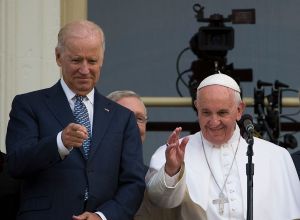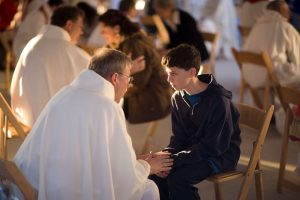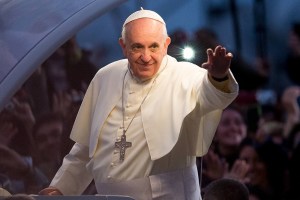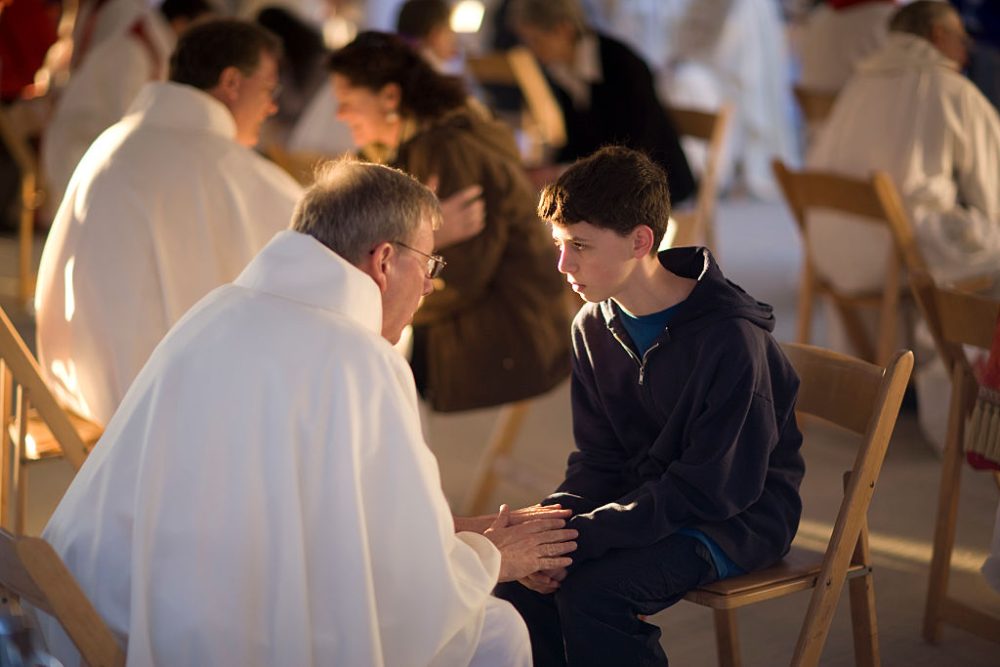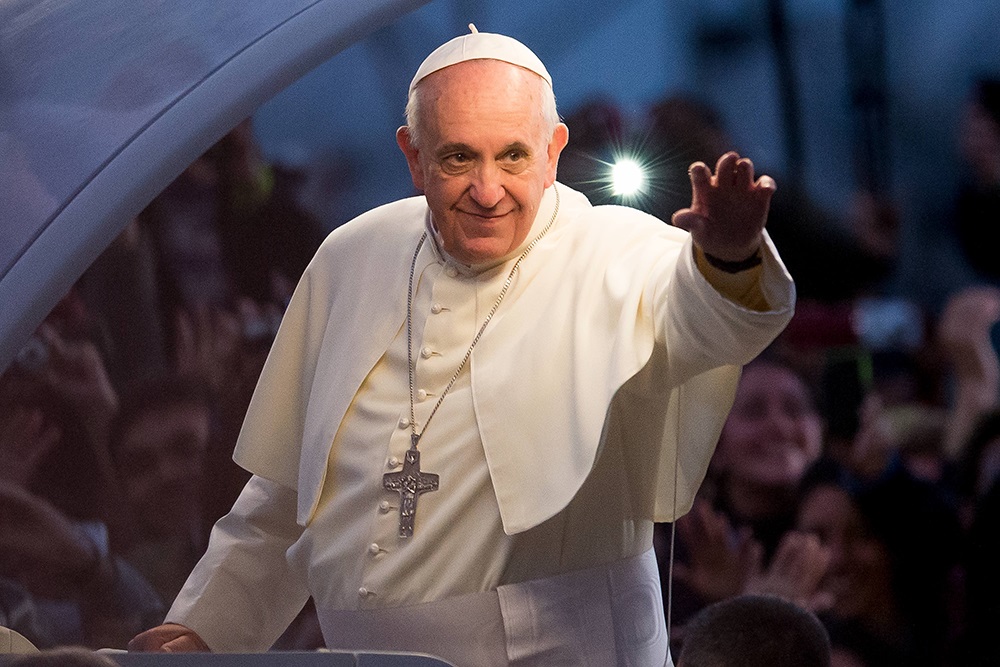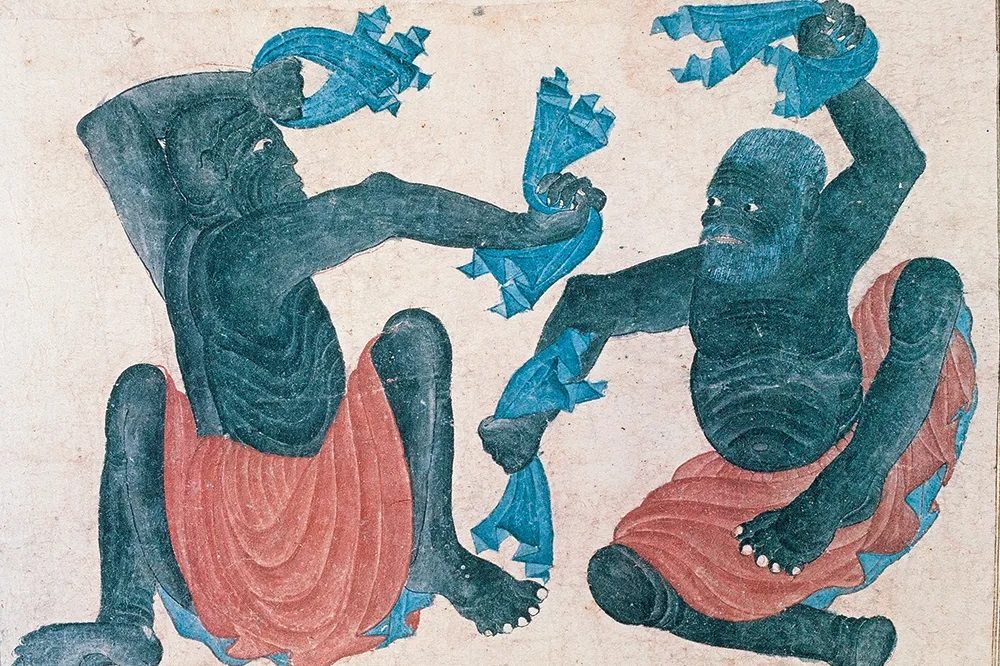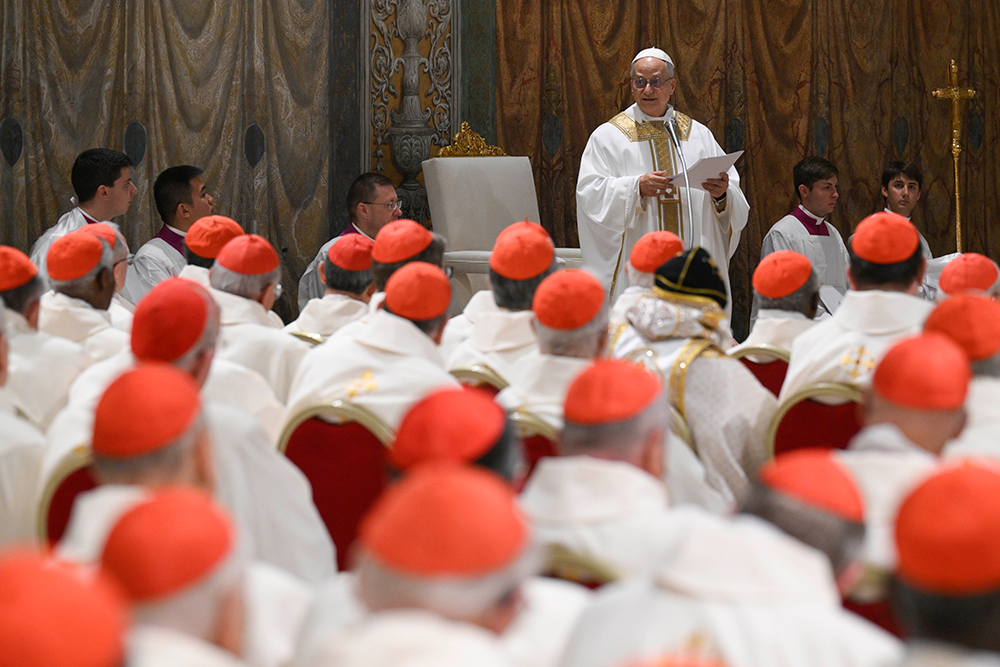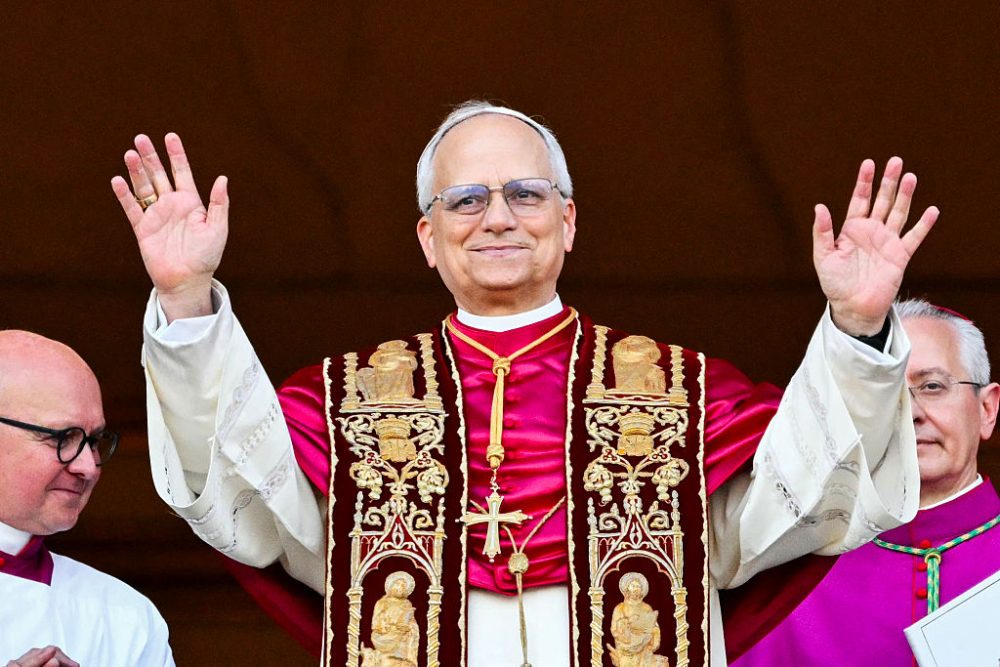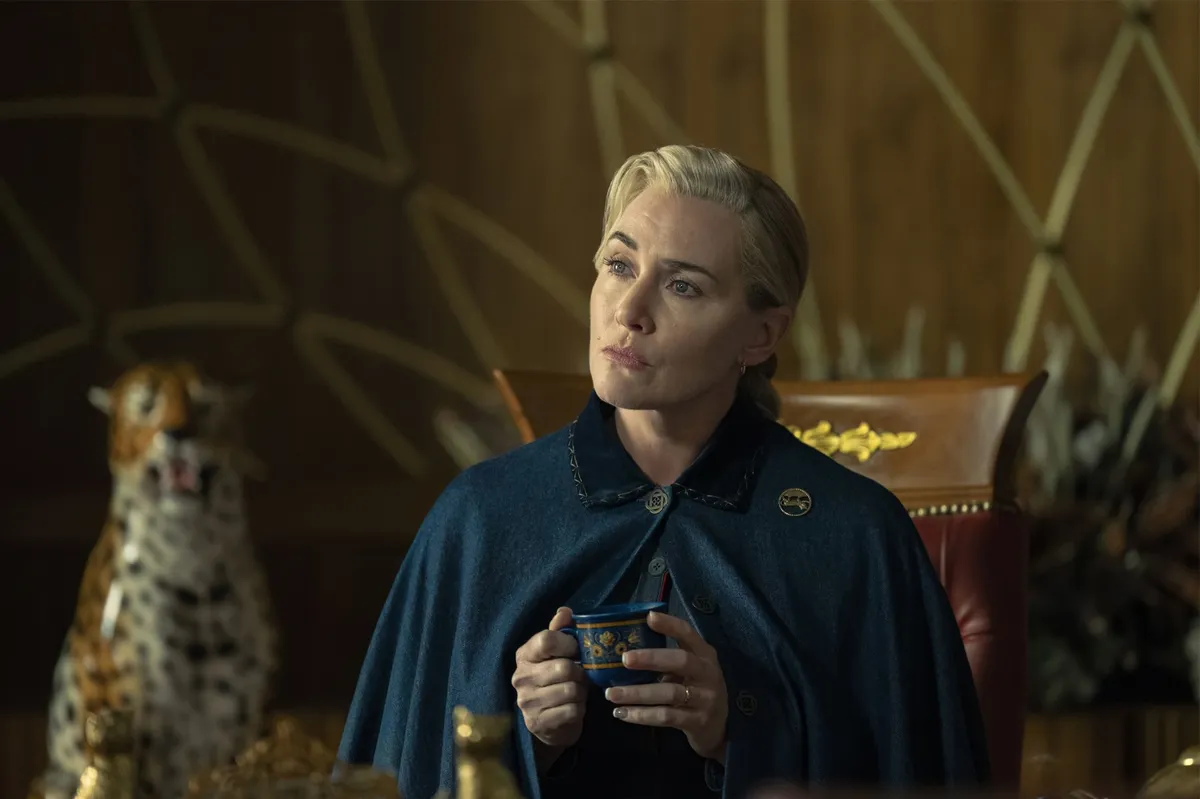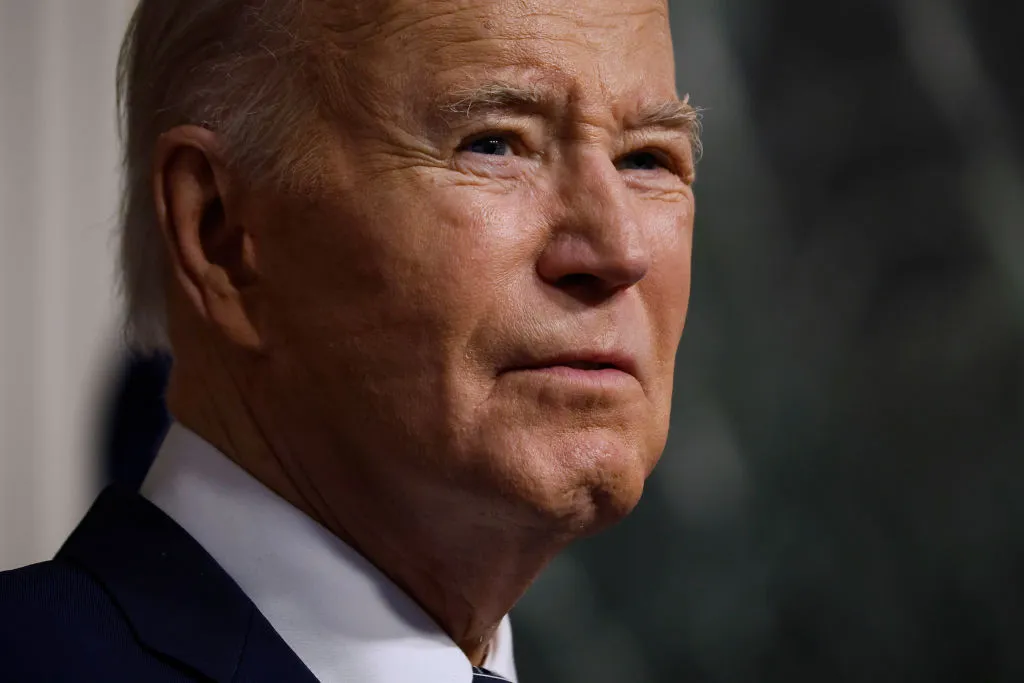Pope Francis was a man of remarkable complexity who cultivated an image of utmost simplicity. He began the moment he first stepped out on the balcony overlooking St. Peter’s Square in plain white papal attire, without the traditional red mozzetta covering his shoulders, and greeting onlookers with a homely “buona sera.”
The following day, he was photographed settling his hotel bill. Instead of moving into the Apostolic Palace, he opted to live in a Vatican guesthouse, the Casa Santa Marta. This was also seen as a sign of the new Pope’s humble style. But the decision was more complicated than it seemed: the Casa Santa Marta’s rooms aren’t drafty monastic cells; the Apostolic Palace isn’t exactly the Hotel de Russie. Pope Francis later joked that he had chosen to live in the more sociable residence for “psychiatric reasons.”
Francis’s life up to his election was also far from straightforward. He was born in the teeming, cosmopolitan Argentine capital, Buenos Aires, in 1936, the first of five children of Italian immigrants. The young Jorge Mario Bergoglio was initially attracted more to chemistry than the priesthood. But in 1953 he went to confession with an unfamiliar priest at his home parish and emerged, somewhat mysteriously, convinced of his own priestly calling. After nearly dying from a lung infection, he joined the Jesuit order, making a strong impression on his peers, who nicknamed him “La Gioconda” because of his Mona Lisa-like inscrutability.
In 1973, having been a priest for just four years, he was appointed head of Argentina’s Jesuits, who were in turmoil following the Second Vatican Council. His leadership skills were further challenged by the outbreak of the “Dirty War,” in which Jesuits were kidnapped and tortured.
After his bruising term as leader ended in 1979, his ecclesiastical career stalled. He agreed to move to Germany for doctoral studies but suffered from homesickness. It’s said that he would hang around airports watching wistfully as planes departed. On returning to Argentina, he was sent to the city of Córdoba, 400 miles from Buenos Aires, where he experienced what he described as “a time of great interior crisis.”
Looking back on this period of exile, Francis said it led him to realize that his problems were caused by his “authoritarian and quick manner of making decisions.” He resolved that if he were ever in a position of responsibility again, he would adopt a more consultative style.
In 1992, Pope John Paul II called him out of the wilderness to serve as an auxiliary bishop of Buenos Aires. His ascent resumed. He was named Archbishop of Buenos Aires, given a cardinal’s red hat, and elected president of Argentina’s Catholic bishops’ conference. He cut a striking figure around the capital: dressed austerely in black as he traveled on the Underground, sipping maté in graffitied slums and washing the feet of AIDS patients on Maundy Thursday.
In the 2005 conclave that followed John Paul II’s death, Cardinal Bergoglio reportedly came second behind the gentle, scholarly Joseph Ratzinger, who took the name Benedict XVI. When the German Pope broke with centuries of custom and resigned in 2013, Bergoglio was swiftly elected his successor. It soon became clear that this was not merely a change of pontificate; it was a regime change. The John Paul II-Benedict XVI era – a 35-year effort to stabilize the post-Vatican II Church – was over. Previously marginalized theologians were suddenly in favor. Seemingly closed doctrinal debates were reopened. Rumblings of an ecclesiastical revolution came from the Casa Santa Marta.
Vocal supporters of John Paul II and Benedict XVI found themselves in the unfamiliar position of papal critics. Detractors of Francis’s predecessors were transformed into ardent ultramontanists (those Catholics who emphasize the powers and primacy of the Pope).
Francis was elected with an implicit mandate to reform the dilapidated Vatican bureaucracy, set the Holy See on a solid financial footing and clean up the scandals with which the Church was by then synonymous. In the Silicon Valley spirit, he moved fast and broke things. He formed a consultative Council of Cardinals and asked it to create a new blueprint for the Roman Curia (the papal civil service). He summoned the towering former Australian rules footballer Cardinal George Pell to demolish the Vatican’s economic fiefdoms. He established a child protection commission and named Boston’s Cardinal Seán O’Malley – among the few cardinals with a creditable track record of combatting abuse – as its leader.
But one by one, these reform projects ran into trouble. The Council of Cardinals took nine years to produce a new Vatican constitution that was suddenly rushed into publication complete with typos. The mighty Vatican Secretariat of State persuaded Francis to curtail Pell’s Doge-style push for efficiency. The Pontifical Commission for the Protection of Minors was understaffed, underfunded and outmaneuvered by curial officials who resented what they saw as an upstart body.
It got even worse: the Secretariat of State lost tens of millions of euros in an ill-considered London property deal that led to what journalists called the Vatican’s “trial of the century.” During a disastrous trip to Chile, Francis forthrightly defended a bishop accused of covering up abuse, before apologizing and summoning all the country’s bishops to Rome, where they offered to resign en masse. The Pope himself then faced allegations of excessive leniency towards associates accused of abuse.
This was all a function of Francis’s off-the-cuff government, which bypassed traditional Vatican channels and established procedures. The informal approach helped him to evade resistance, but often left him sprinting to contain one fire after the next.
While outsiders often see the Catholic Church as a monolithic body that moves as one at the Pope’s command, the reality is quite different. Besides the Pope, there are countless groups with varying degrees of power and autonomy. Francis intervened in some of the most influential – the Order of Malta, Opus Dei, Caritas Internationalis, the Diocese of Rome – imposing disruptive changes. The reforms invariably enhanced papal control, prompting critics to ask whether he had fully left behind his authoritarian instincts in Córdoba.
But just when the pontificate seemed to be defined more by what it was against (conservative American Catholics, Donald Trump, liturgical traditionalism) than what it was for, Francis coined a new term that positively expressed his vision. “Synodality,” he announced, was what “God expects of the Church of the third millennium”. The problem was that no one else knew precisely what the term meant. During the four-year global “synodal process,” it became slightly clearer. It referred to a more consultative form of Church governance, no longer based on top-down diktat but instead bringing together bishops and lay people around circular tables to discern decisions through “spiritual conversation”.
Participants in more hierarchical Catholic countries, such as Poland, reported that for the first time, they felt genuinely listened to by Church leaders. But engagement in many places was low. Parish priests, Catholicism’s foot soldiers, were notably disengaged, perhaps because the process was aimed chiefly at bishops and laity, and clergy seemed to be mentioned only when the project’s organizers railed against the “scourge of clericalism.”
In the early years, the Pope’s supporters seized on favorable developments as proof of “the Francis effect”: a spiritual renaissance generated by the Argentine pontiff’s unstuffy style. Later, papal critics used the phrase to comment ironically on setbacks in the Church.
But truly establishing cause and effect was difficult. The Catholic Church continued its steady global growth under Francis, in line with the wider rise in world population. Was that to the Pope’s credit? The overall number of priests also inexorably declined. Was that the Pope’s fault?
And what about the recent boom in adult baptisms in Belgium and France, or the record numbers visiting shrines such as Santiago de Compostela in Spain? Whether these are signs of a renewal inspired by Francis or occurring independently of him is debatable. It’s unclear whether he was an agent of genuine reform or simply of frenetic change – and it may remain so for years to come.
In general, the innately chaotic Catholic Church has become even more of a free-for-all at the end of the turbulent Francis era. Catholics in different continents (and even in neighboring countries) have drifted further apart on topics such as sexual morality, the desirability of ordaining women as deacons, and the role of lay people in Church governance. Catholicism is less universal, more regional – perhaps also less communal and more tailored to the individual.
As we head towards a conclave, Catholics may fall into three broad categories. The first will hope the cardinals elect a perfect replica: Francis II. The second will long for a Pope who swiftly dismantles Francis’s legacy. The third – by far the largest – will simply be relieved to see a man in white walk out onto St. Peter’s balcony, whatever his ideological preferences.
The first two camps are more likely to be disappointed. Francis was a sui generis Pope with a uniquely intricate personality. A successor determined to follow his roadmap might struggle to make out any directions beyond a vague “follow the path of synodality.” The election of an overtly “anti-Francis” candidate is also hard to imagine given the culture of deference among cardinals and the Catholic bias towards continuity. It’s easier to conceive of a figure who routinely praises Francis while quietly working to rectify whatever he considers his mistakes.
In other words, the essential question is: will this be another regime change election or will it result only in regime extension, through the election of a cardinal closely allied to Pope Francis? The Catholic Church’s immediate future is every bit as unpredictable as the man who shaped it so forcefully over the past 12 years.










